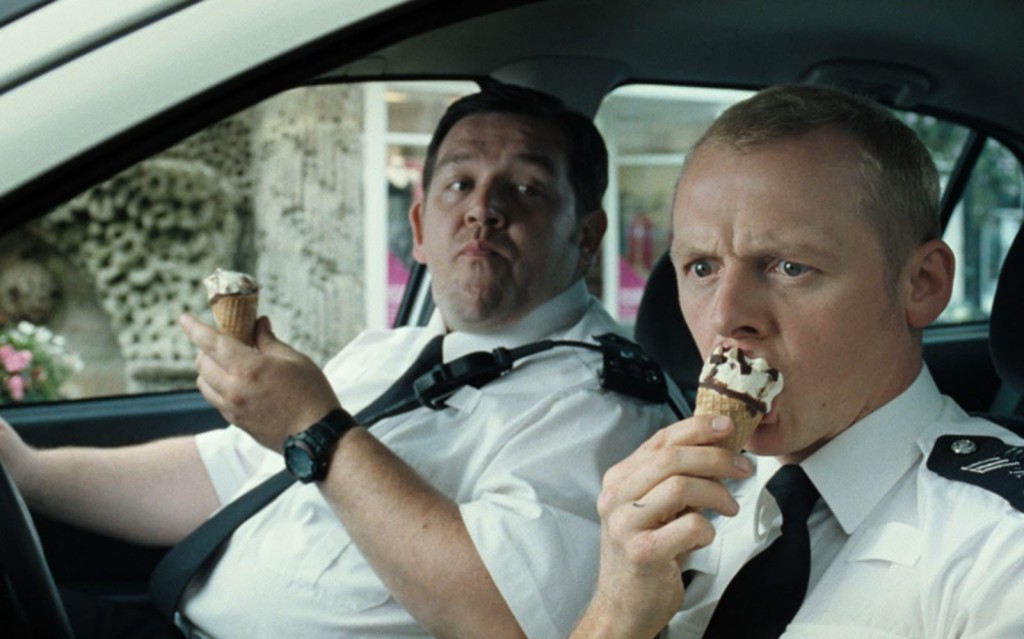
“The police are a constituted body of persons empowered by a state to enforce the law, to protect the lives, liberty and possessions of citizens, and to prevent crime and civil disorder.” At least that’s what Wikipedia states in its opening paragraph. Our views on policing is largely like the analogy of blind people touching an elephant, we only know one specific aspect that we’re touching.
For some, police are respected figures who enforce the law and protect the lives of citizens. For others, they’re a**holes who abuse their power and discriminate. I guess it depends on who you are and who you’re dealing with.
In terms of films, there’s a lot of area to cover. Largely because police work, by nature, incorporates a lot. From small towns, to big cities, to little misdemeanors, to giant warzones. There is almost too much material that can be put into the movies for us to enjoy. But for what its worth, I’m going to take a crack at it. I’m sure there’s great films I’m leaving out of here, but in any case these are what I feel to be the 10 Best Police Procedure Movies.
10. The Silence of the Lambs (1991)
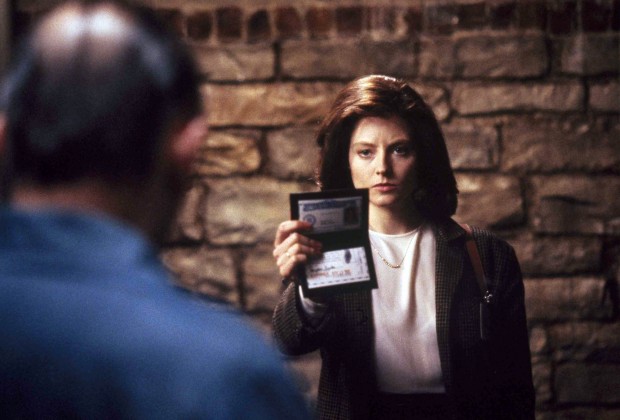
“The Silence of the Lambs” is a film that needs no explanation. A lot is talked about in regards to the horror, the macabre, and Hannibal Lecter. But let’s focus of the FBI work presented. Clarice (Jodie Foster) is an up and coming FBI agent, currently still in training at the academy. Clarice is assigned the task of interviewing the cannibalistic psychiatrist Hannibal Lecter (Anthony Hopkins), believing he might have insight on the serial killer Buffalo Bill.
The bulk of the film is Lecter playing mind games with her as she attempts to get a psychological profile on Bill, but when away from Lecter Clarice is an ostracized figure in her world. When we see her in the beginning at the academy she gets in an elevator and we see how she’s a short, little girl surrounded by big, overpowering men.
The National Center for Women and Policing reports that women only make up around 15% of the police force, averaging around 20% in large cities and counties, and 6% in state departments. Clearly it’s not the norm for women to be in these jobs, which is why Clarice is someone not taken seriously by those around her. She goes training and men look at her as she passes by, when she tells a room of officers they’re no longer needed they hesitantly dissipate.
Through the film we see Clarice not only overcome her personal hardships but earn her rank as an agent. This is a classic we all know and love and is a pretty wonderful depiction of women in law enforcement as well.
9. The French Connection (1971)
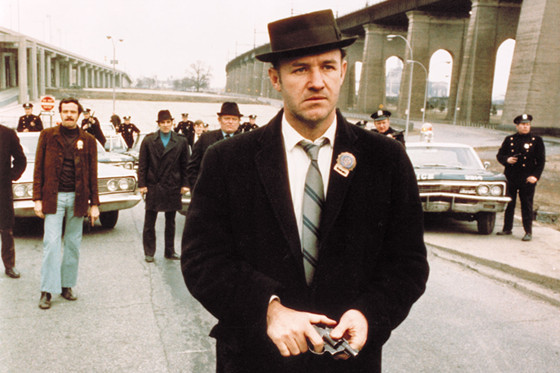
“The French Connection” is a film that’s a one character show driven completely on surface level material. Violence, suspense, and chases are what makes its content, no time to waste with deeper evaluations. We just have to go for the ride and follow the fast pace routines of a multi-million dollar drug trade in New York City.
The one character mentioned earlier is Popeye Doyle (Gene Hackman), a rough man with a shady history but gets down into the thick of things in the crime world of the big city. Hackman is of course fantastic as he always is, everyone else just pales in comparison as he owns every moment that passes by.
The film is remembered for its incredible chases, but the whole film is a chase in a way. William Friedkin directs the film with such a rapid, accelerating pace that we as an audience are forced to play catch up. To follow along as best we can, if we can at all, and revel in the stunning landscape of New York. This is shot in a cold winter time, much of the film has a grey scope to it that only serves to add how desolate the world they’re living in. Not bad for what’s essentially a cat-and-mouse game.
8. Serpico (1973)
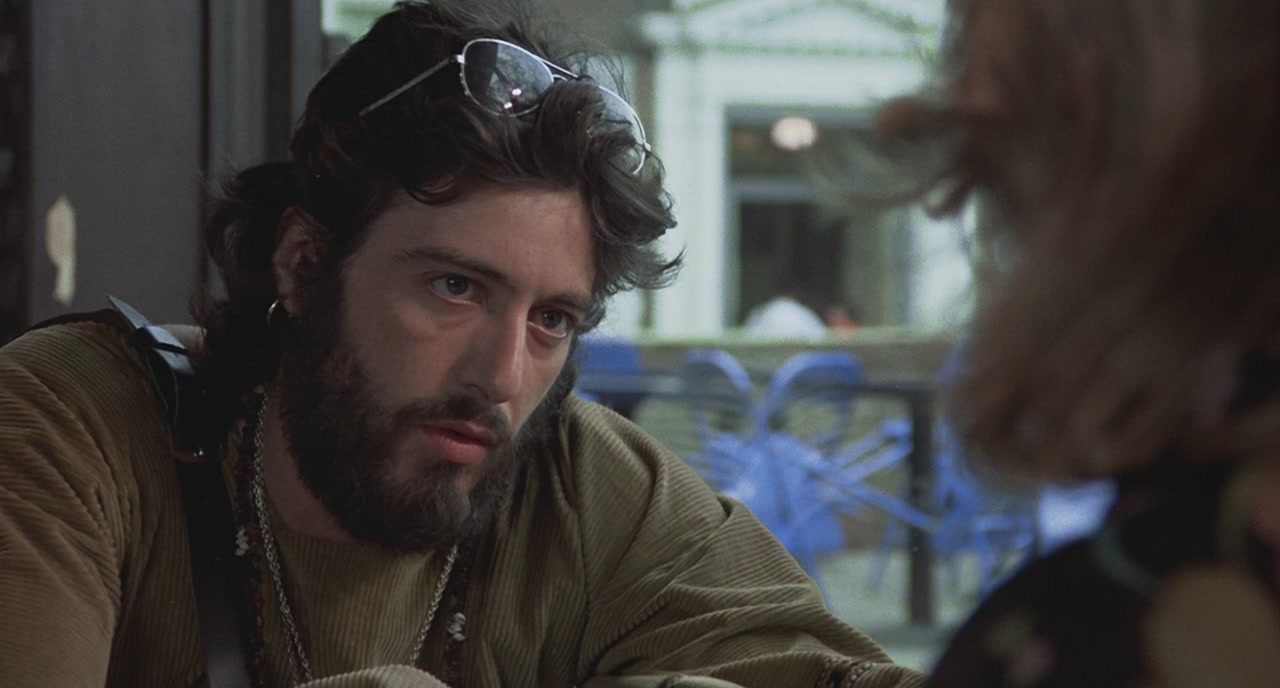
There’s something very unfortunate to be said about police departments, and that’s the fact that in many ways they’re untrustworthy. When you’re the law, you have the capability to enforce the law in any way you see fit. Sidney Lumet’s “Serpico” tackles that very subject. Frank Serpico (Al Pacino) is an honest, good cop.
Serpico, in real life, gained fame for testifying before the NAPA Commission about payoffs and corruption in the police department, something unheard of in his time. Unfortunately since then it seems like there’s been no shortage of horrifying tales of unlawful practices in law enforcement. ACLU reports an estimated 200,000 victims of police misconduct every year, reporting an alleged 85,000 police officers nationwide. And it’s this uncomfortable truth that makes Serpico’s story all the more unfortunate.
A young, idealistic man who believes in the very good that law enforcement is supposed to believe in. But what he finds is a hotbed of garbage many districts long. Nothing less to expect than from a great actor in Al Pacino, a great director in Sidney Lumet, and a great man in Frank Serpico.
7. Traffic (2000)
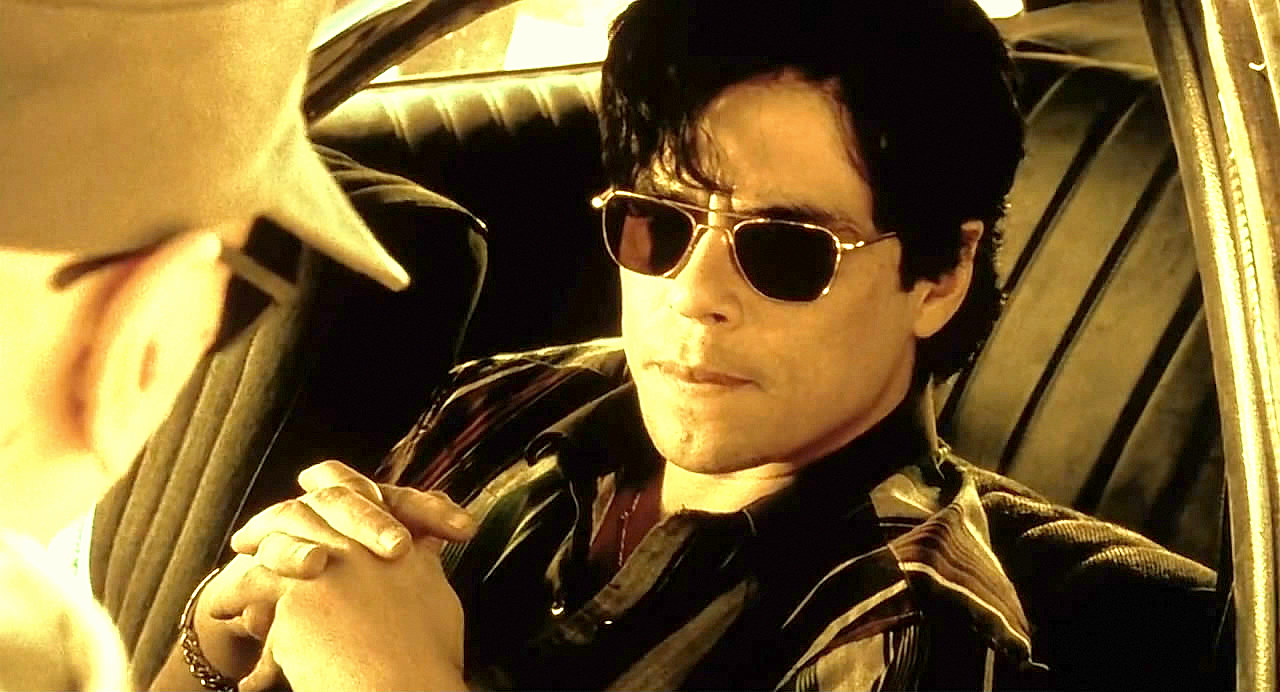
Based on the British television series, Steven Soderbergh’s “Traffic” is a trifecta of stories that run opposite of each other, rarely ever having anything to do with one another, but in actuality having everything to do with each other. One story involving two Mexican police officers, Javier (Benecio Del Toro) and Sanchez (Jacob Vargas), who get intercepted by a high ranking Mexican official who decides to hire them only to find out his affiliation with drug cartels.
Another story involving two DEA agents protecting an informant whose testimony will bring down a local drug lord, simultaneously the drug lord’s wife Helena (Catherine Zeta-Jones) having to deal with the news that her husband is a drug lord and taking on his empire while he’s imprisoned in order to keep herself in the high life.
And a third story revolving around a Conservative Ohio judge Robert Wakefield (Michael Douglas) as he’s appointed to head the President’s office of National Drug Control Policy and soon being caught between the demanding new role he has and his own personal problems as his daughter, a 16 year old honor’s roll student, consistently takes cocaine, methamphetamine, and heroin.
All three stories take place in different environments at different places in the world but are all in correlation with each other because the war on drugs can affect anyone, anywhere, and anytime. As Wakefield’s daughter points out “for someone my age it’s easier to get drugs than it is to get alcohol”. The war on drugs is a challenging one to say the least, and as this film points out has been going on for decades and has gotten nowhere near its end because it’s impossible to win.
6. In the Heat of the Night (1967)
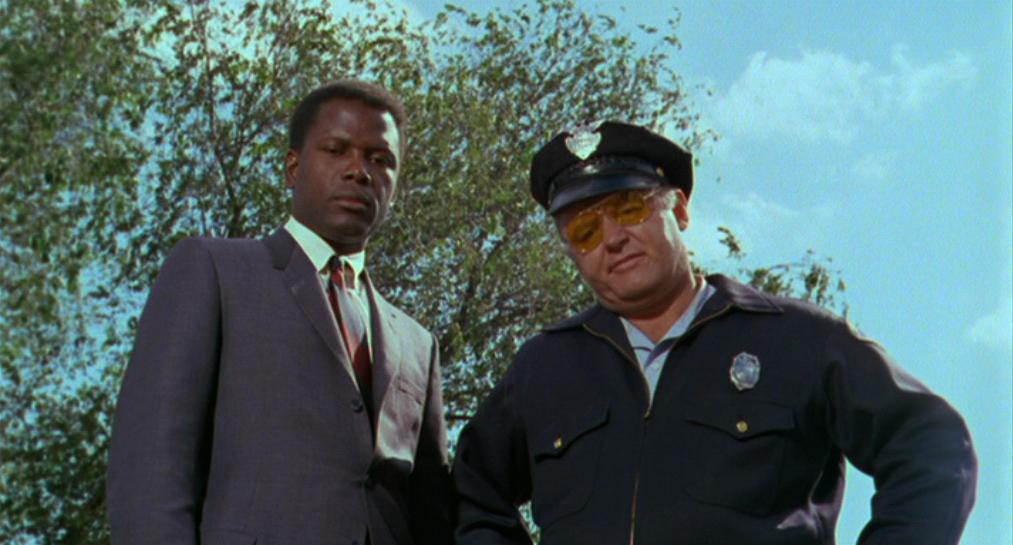
Now of course when talking about police it’s inevitable we have to discuss the subject of racism. Especially back in the 1960’s as the Civil Rights Movement was occurring, things were getting – shall we say – intense. “In the Heat of the Night” is a film that’s legendary for its breakdown of racial tensions in policing, something unheard of in its time.
And fittingly enough the star of this film is Sidney Poitier, who also starred in the civil rights led film “Guess Who’s Coming to Dinner” that very same year. Here he plays Det. Virgil Tibbs, the first we see him is at a train station where Chief Gillespie (Rod Steiger) claims he’s the one responsible for a murder and arrests him.
Boy that’s a wonderful introduction isn’t it? Though hesitant, he agrees to work with the police department to solve the murder case. Where they’re quick to frame people, and potentially beat an answer out of them, Tibbs is smarter than that. He uses logic and investigation to solve the case, not emotional temperament.
This is one of the few films about race that doesn’t rely on big emotional speeches or run of the mill lessons, but rather relies on its artistry to rope us in to a captivating case in the Deep South. The films incredible technique helped land it the victory of Best Picture at the Academy Awards, only a few days after the death of Martin Luther King Jr. And looking around at the world today, I’d say we still have a lot to learn from this.